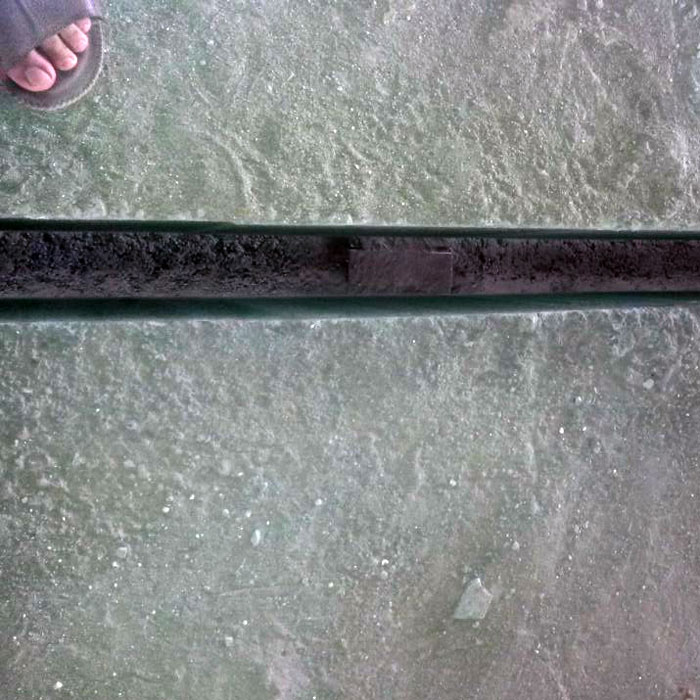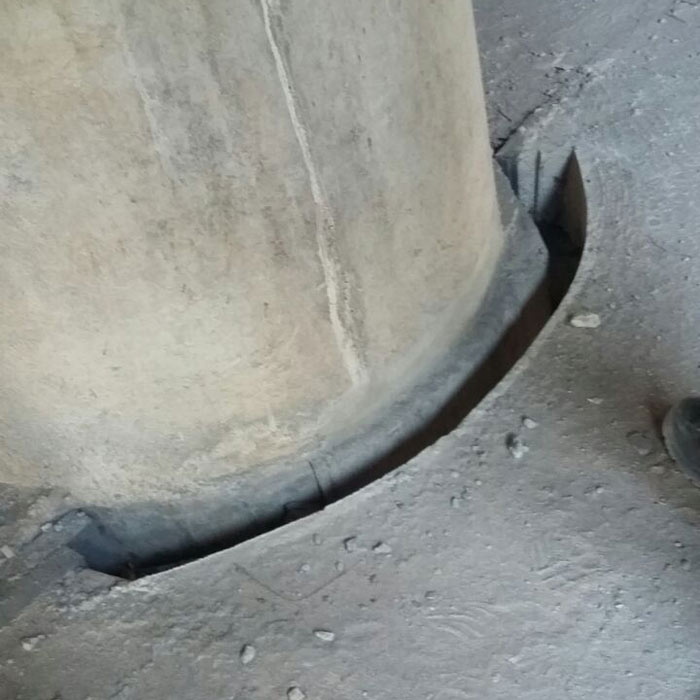













An expansion joint in building is a mid-structure separation designed to relieve stress on building materials caused by building movement induced by:
- thermal expansion and contraction caused by temperature changes,
- sway caused by wind,
- seismic events, etc.
Because the joint bisects the entire structure, it marks a gap through all building assemblies--walls, floors, roofs, decks, planters, plazas, etc. This gap must be filled to restore the waterproofing, fire proofing, sound proofing, air barrier, roof membrane, trafficable surface and other functions of the building elements it bisects.

Expansion joint systems are used to bridge the gap and restore building assembly functions while accommodating expected movements.
The term "movement joint" has been widely adopted in preference to "expansion joint" as it more appropriately encompasses the fact that building movement results in both compression and expansion of the material installed.
For example, when a structure heats up, the building materials from which it is built expand. This causes the "expansion joint" to close down, thereby compressing the expansion joint system installed in the gap.
Conversely, when the temperature drops, the materials cool causing the joint gap to open. This requires the expansion joint material to expand to follow the joint movement.